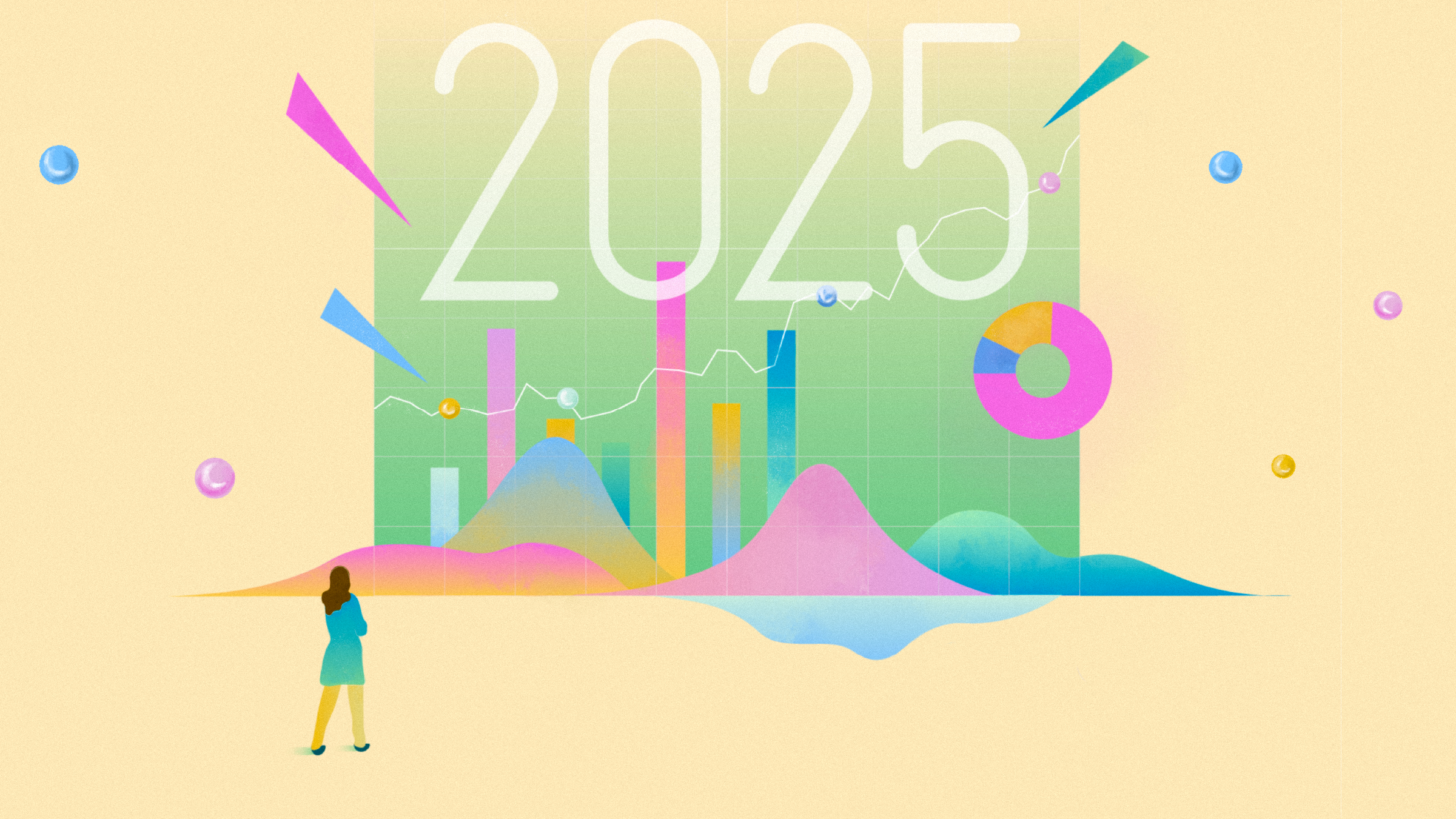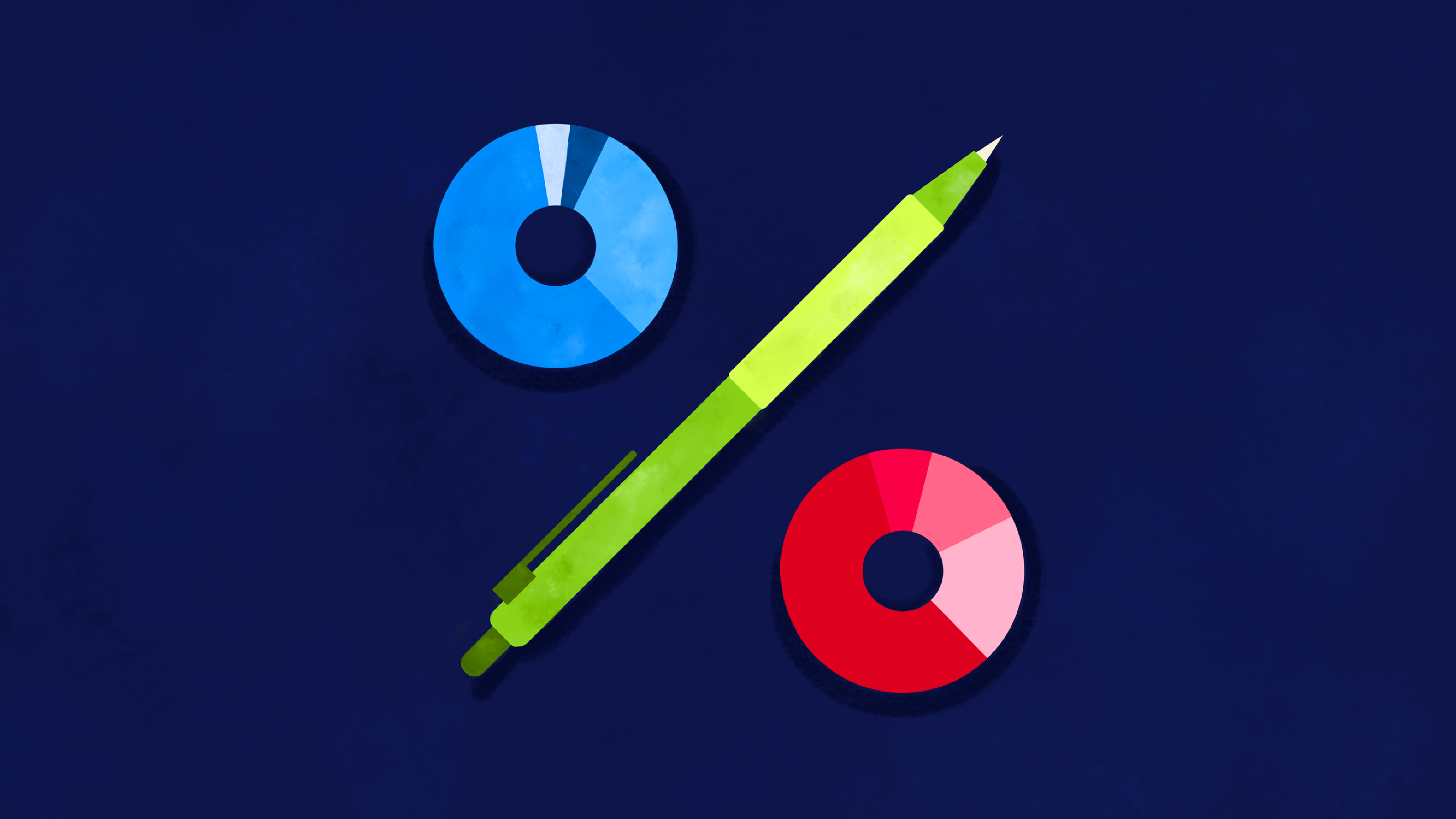
Morningstar is changing its Sustainability Ratings from October 31 so that investors can assess a fund or company's ESG risks more accurately.
The goal is to provide investors with a greater understanding of how the companies in their portfolios are managing their environmental, social, and governance (ESG) impact compared to their peers. This rating change will allow investors to directly compare companies across industries.
The Morningstar Sustainability Rating was introduced in 2016 and developed with partner research firm Sustainalytics. Currently 50,000 funds worldwide have a Sustainability Rating and they are scored by globes: a fund with five globes has the top ranking. Those achieving high rankings are not necessarily specialist ESG funds, however. Gold-rated Lindsell Train UK Equity, for example, has five globes but is not explicity an ESG-focused fund.
Lindsell Train's Sustainability Rating
Analysts currently rank the components of a fund on ESG lines and deduct points for “controversy” to reach an overall “sustainability score”. Controversy could be weak corporate governance – for example, when banks were fined for Libor fixing in recent years – a corporate scandal such as the dieselgate affair that engulfed car manufacturers or an oil spill such as the Deepwater Horizon disaster.
Funds are also assessed on whether they have a sustainability mandate. An example would be Silver-rated Stewart Investors Worldwide Sustainability Fund, which has five globes.
Morningstar’s director of passive strategies and sustainability research, Hortense Bioy, praises the fund’s research capabilities, its competitive fee and ability to be resilient in tricky market conditions: “It’s not likely to outperform in frothy bull markets, but it should hold up well when markets falter, a feature we were pleased to see in 2018.”
Different Industries Have Different Risks
This year’s change is based on Sustainalytics’ new ESG Risk Rating, which uses the same ranking across all economic sectors to measure a company’s material ESG risks. This ESG-risk approach acknowledges that companies in different industries are exposed to different types of risk. These industries could face material risks such as:
- Oil and gas companies see more than half of their ESG risk come from carbon emissions. Other significant challenges in these industries include corporate governance, particularly bribery and corruption, and human capital.
- Software companies face more substantial challenges from issues of data privacy and security, as well as corporate governance and human capital risk.
The upcoming change helps enable investors to make meaningful comparisons across industries. Take, for example, Microsoft (MSFT) and Royal Dutch Shell (RDSA). Both companies are at the highest sustainability score within their respective industries. However, the new Sustainalytics ESG risk scores for the firms differ dramatically – with Microsoft achieving a lower risk exposure 14.1 to Shell’s higher risk 33.7 – reflecting the realities of their varying business models and differing exposure to environmental and governance risk.
At the portfolio level, this helps investors to understand and compare the impact of their portfolios’ industry ESG risk, acknowledging that some industries simply have more ESG risk than others. The updated Sustainability Ratings are peer group relative, so investors can consider options to tilt their portfolio toward a lower ESG risk. The approach acknowledges that some fund peer groups will simply invest in areas that have lower or higher ESG risk. As a result, funds with a high ESG risk will not achieve four globes and higher.
The changes to the Sustainability Ratings sit alongside wider changes to the way Morningstar rates funds, which are also changing on October 31.










:quality(80)/cloudfront-us-east-1.images.arcpublishing.com/morningstar/6BCTH5O2DVGYHBA4UDPCFNXA7M.png)


















